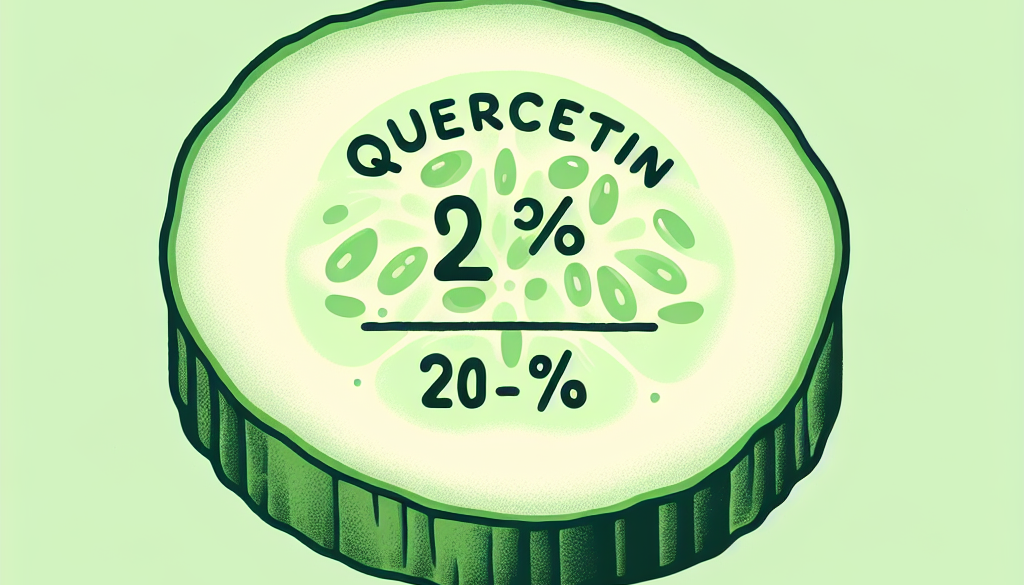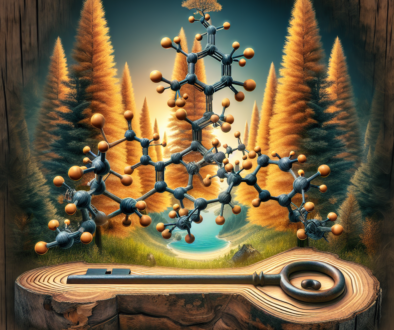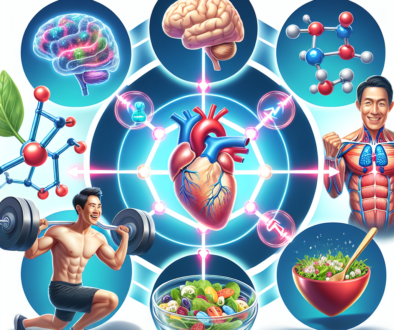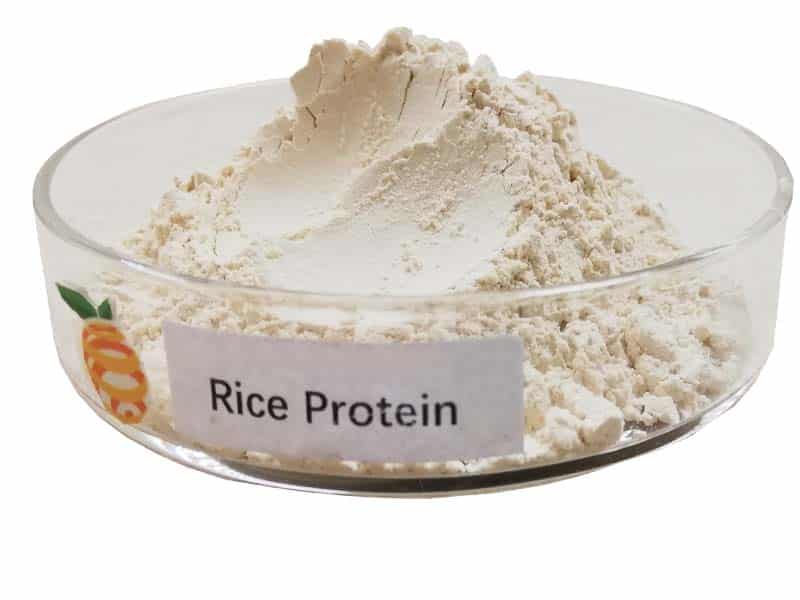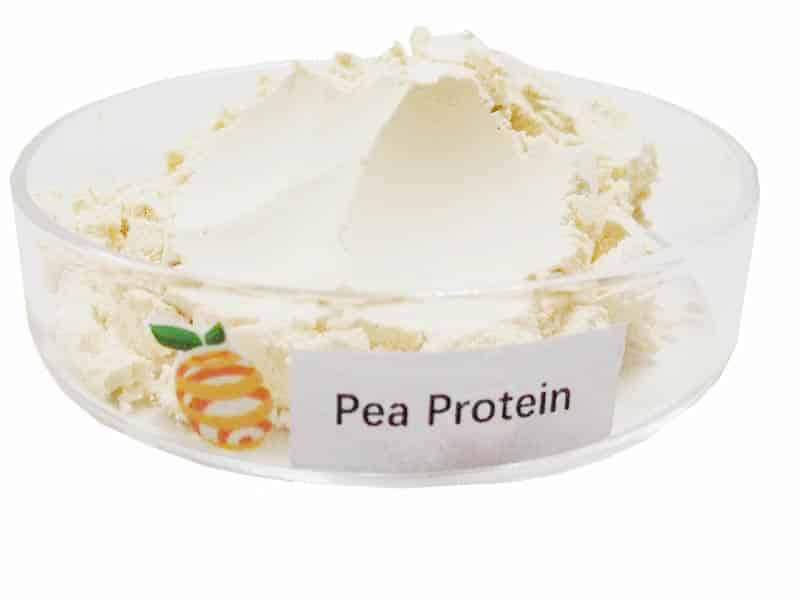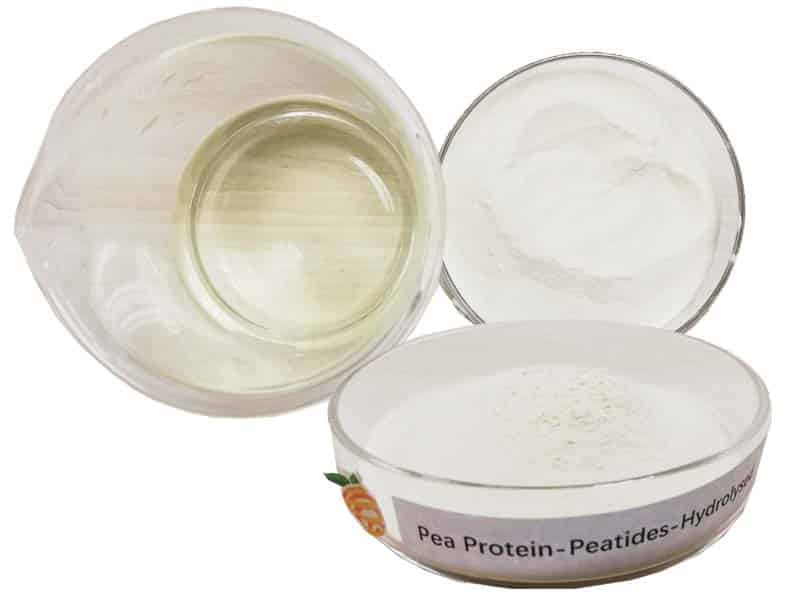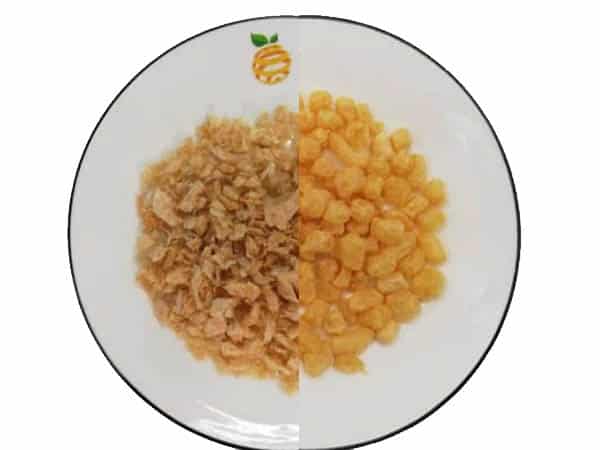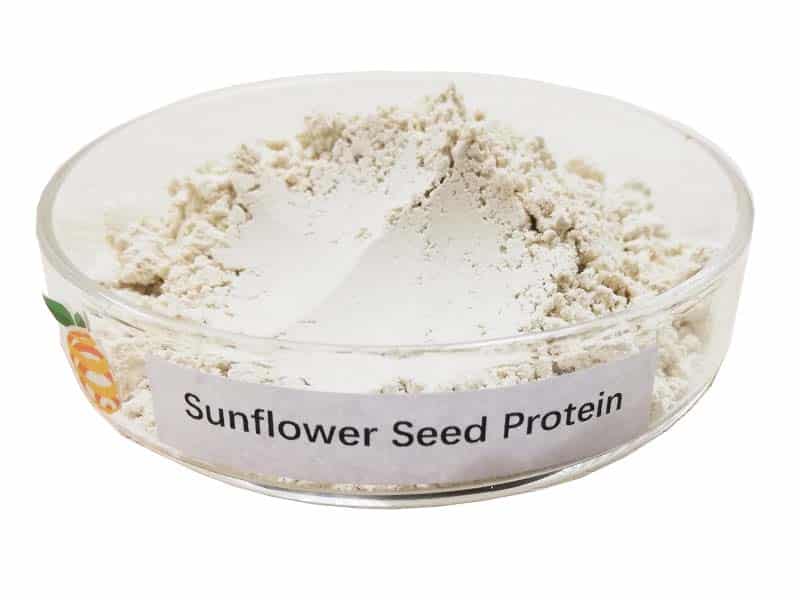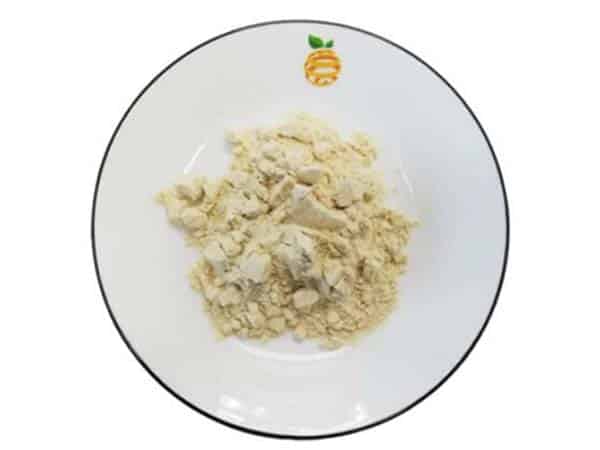How much quercetin is in a cucumber?
-
Table of Contents
- Quercetin Content in Cucumbers: A Nutritional Insight
- Understanding Quercetin and Its Health Benefits
- Quercetin in Cucumbers: What Does the Research Say?
- Factors Influencing Quercetin Levels in Cucumbers
- Comparing Quercetin Content: Cucumbers vs. Other Foods
- Incorporating Quercetin into Your Diet
- Conclusion: Quercetin Content in Cucumbers and Overall Diet
- Enhance Your Nutrition with ETprotein’s High-Quality Protein Products
Quercetin Content in Cucumbers: A Nutritional Insight
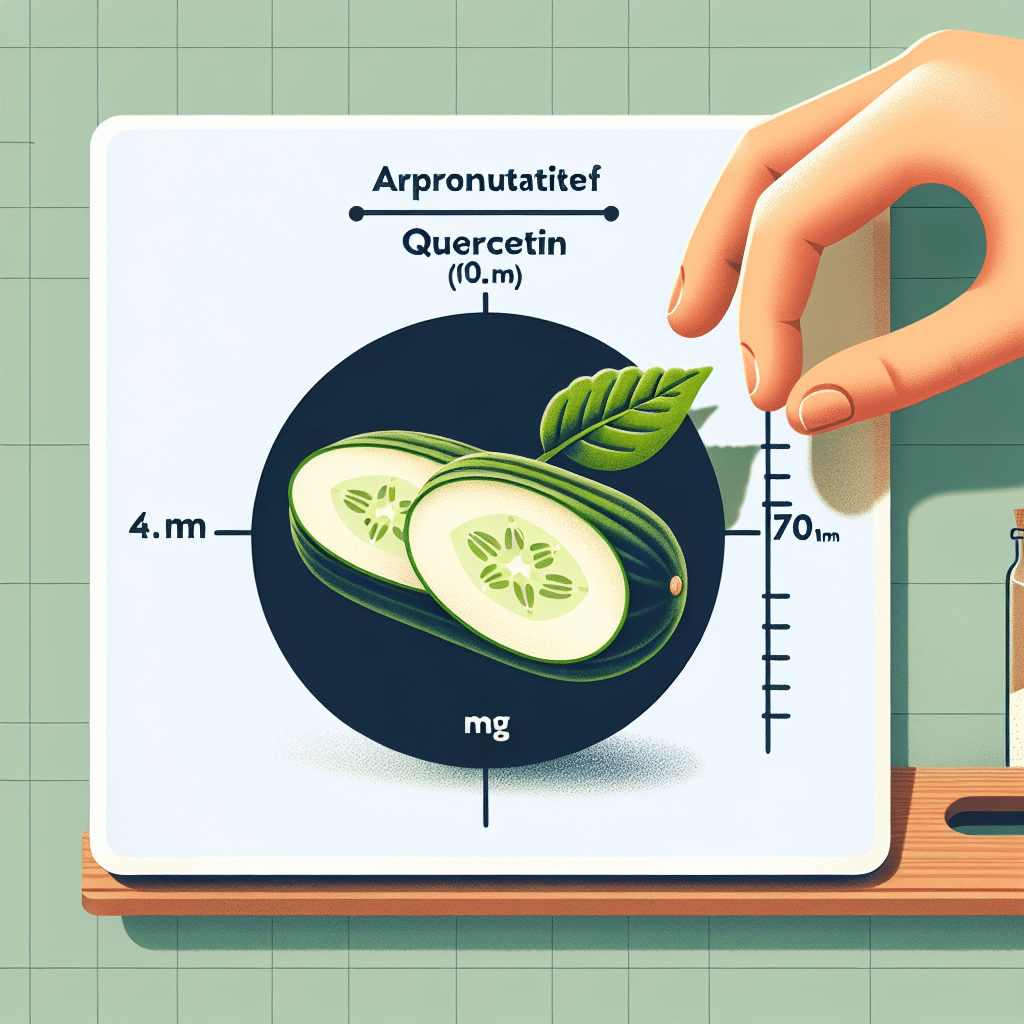
Quercetin is a flavonoid that has garnered significant attention due to its potential health benefits, which include anti-inflammatory and antioxidant properties. As consumers become more health-conscious, they often seek to understand the nutritional content of the foods they eat, including the presence of beneficial compounds like quercetin. Cucumbers, a common vegetable, are not only refreshing and hydrating but may also be a source of this potent flavonoid. This article delves into the quercetin content in cucumbers, exploring its implications for health and nutrition.
Understanding Quercetin and Its Health Benefits
Quercetin is a plant pigment found in various fruits, vegetables, and grains. It is part of a larger group of compounds known as flavonoids, which are known for their antioxidant effects. Antioxidants help combat oxidative stress in the body, which is linked to a range of chronic diseases. The health benefits associated with quercetin include:
- Reducing inflammation
- Lowering blood pressure
- Improving exercise performance
- Alleviating allergy symptoms
- Supporting heart health
Given these potential benefits, many individuals are interested in incorporating quercetin-rich foods into their diets.
Quercetin in Cucumbers: What Does the Research Say?
While quercetin is present in many fruits and vegetables, its concentration can vary widely. Cucumbers, which are part of the Cucurbitaceae family, have been studied for their flavonoid content. However, the amount of quercetin in cucumbers is relatively low compared to other produce such as onions, kale, and berries.
Research indicates that the quercetin content in cucumbers ranges from negligible amounts to around 5 milligrams per kilogram of fresh weight. This variation can be attributed to factors such as cucumber variety, growing conditions, and maturity at harvest. For example, studies have found that organically grown cucumbers may have higher levels of flavonoids, including quercetin, compared to conventionally grown ones.
Factors Influencing Quercetin Levels in Cucumbers
The quercetin content in cucumbers can be influenced by several factors:
- Variety: Different cucumber varieties may contain varying levels of quercetin.
- Agricultural Practices: Organic farming methods can potentially increase the flavonoid content in cucumbers.
- Environmental Conditions: Soil quality, climate, and exposure to stressors can affect the nutrient composition of cucumbers.
- Harvest Time: The stage of ripeness at which cucumbers are harvested can impact their quercetin content.
Consumers looking to maximize their intake of quercetin from cucumbers should consider these factors when selecting their produce.
Comparing Quercetin Content: Cucumbers vs. Other Foods
When compared to other foods known for their high quercetin content, cucumbers fall short. Foods such as capers, onions, and apples boast significantly higher levels of this flavonoid. For instance, capers can contain up to 180 milligrams of quercetin per 100 grams, and onions can range from 20 to 50 milligrams per 100 grams. In contrast, the quercetin content in cucumbers is minimal, often less than 0.5 milligrams per 100 grams.
For those specifically seeking to increase their quercetin intake, focusing on these other foods may be more beneficial. However, cucumbers still offer a range of other nutrients and health benefits that make them a valuable addition to a balanced diet.
Incorporating Quercetin into Your Diet
While cucumbers may not be the richest source of quercetin, there are numerous ways to include this flavonoid in your diet:
- Eating a variety of fruits and vegetables known to be high in quercetin, such as berries, onions, and kale.
- Choosing organically grown produce, which may have higher levels of flavonoids.
- Considering dietary supplements if dietary sources are insufficient or if higher doses are required for therapeutic effects.
It is important to consult with a healthcare provider before starting any supplement regimen, as high doses of quercetin can interact with certain medications and may not be suitable for everyone.
Conclusion: Quercetin Content in Cucumbers and Overall Diet
In summary, cucumbers contain only small amounts of quercetin compared to other fruits and vegetables. While they are not the best source for this particular flavonoid, cucumbers are still nutritious and offer various health benefits. For those looking to increase their quercetin intake, it is advisable to consume a diverse range of produce and consider other dietary sources that are richer in this compound.
The key takeaways from this article include understanding the health benefits of quercetin, recognizing the factors that affect its levels in cucumbers, and exploring ways to incorporate it into your diet. By making informed choices about the foods we eat, we can optimize our intake of beneficial nutrients like quercetin and support our overall health and well-being.
Enhance Your Nutrition with ETprotein’s High-Quality Protein Products
If you’re looking to complement your diet with high-quality protein sources, ETprotein offers a range of organic bulk vegan proteins that can help you meet your nutritional goals. Their products, including organic rice protein, pea protein, and various seed proteins, are characterized by a neutral taste, non-GMO, and allergen-free attributes. Additionally, ETprotein provides L-(+)-Ergothioneine (EGT) in various grades, suitable for different industries. Enhance your nutrition with ETprotein’s reliable and premium protein offerings.
About ETprotein:
ETprotein, a reputable protein and L-(+)-Ergothioneine (EGT) Chinese factory manufacturer and supplier, is renowned for producing, stocking, exporting, and delivering the highest quality organic bulk vegan proteins and L-(+)-Ergothioneine. They include Organic rice protein, clear rice protein, pea protein, clear pea protein, watermelon seed protein, pumpkin seed protein, sunflower seed protein, mung bean protein, peanut protein, and L-(+)-Ergothioneine EGT Pharmaceutical grade, L-(+)-Ergothioneine EGT food grade, L-(+)-Ergothioneine EGT cosmetic grade, L-(+)-Ergothioneine EGT reference grade and L-(+)-Ergothioneine EGT standard. Their offerings, characterized by a neutral taste, non-GMO, allergen-free attributes, with L-(+)-Ergothioneine purity over 98%, 99%, cater to a diverse range of industries. They serve nutraceutical, pharmaceutical, cosmeceutical, veterinary, as well as food and beverage finished product distributors, traders, and manufacturers across Europe, USA, Canada, Australia, Thailand, Japan, Korea, Brazil, and Chile, among others.
ETprotein specialization includes exporting and delivering tailor-made protein powder and finished nutritional supplements. Their extensive product range covers sectors like Food and Beverage, Sports Nutrition, Weight Management, Dietary Supplements, Health and Wellness Products, and Infant Formula, ensuring comprehensive solutions to meet all your protein needs.
As a trusted company by leading global food and beverage brands and Fortune 500 companies, ETprotein reinforces China’s reputation in the global arena. For more information or to sample their products, please contact them and email sales(at)ETprotein.com today.

